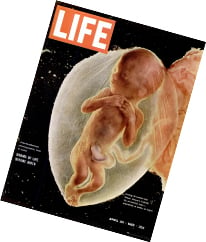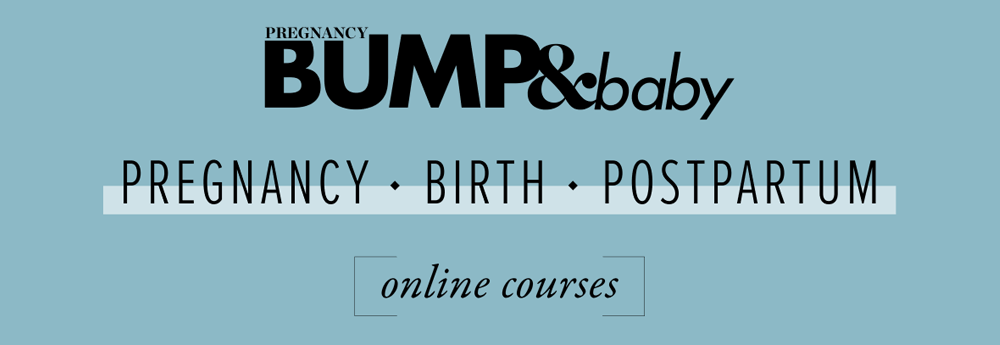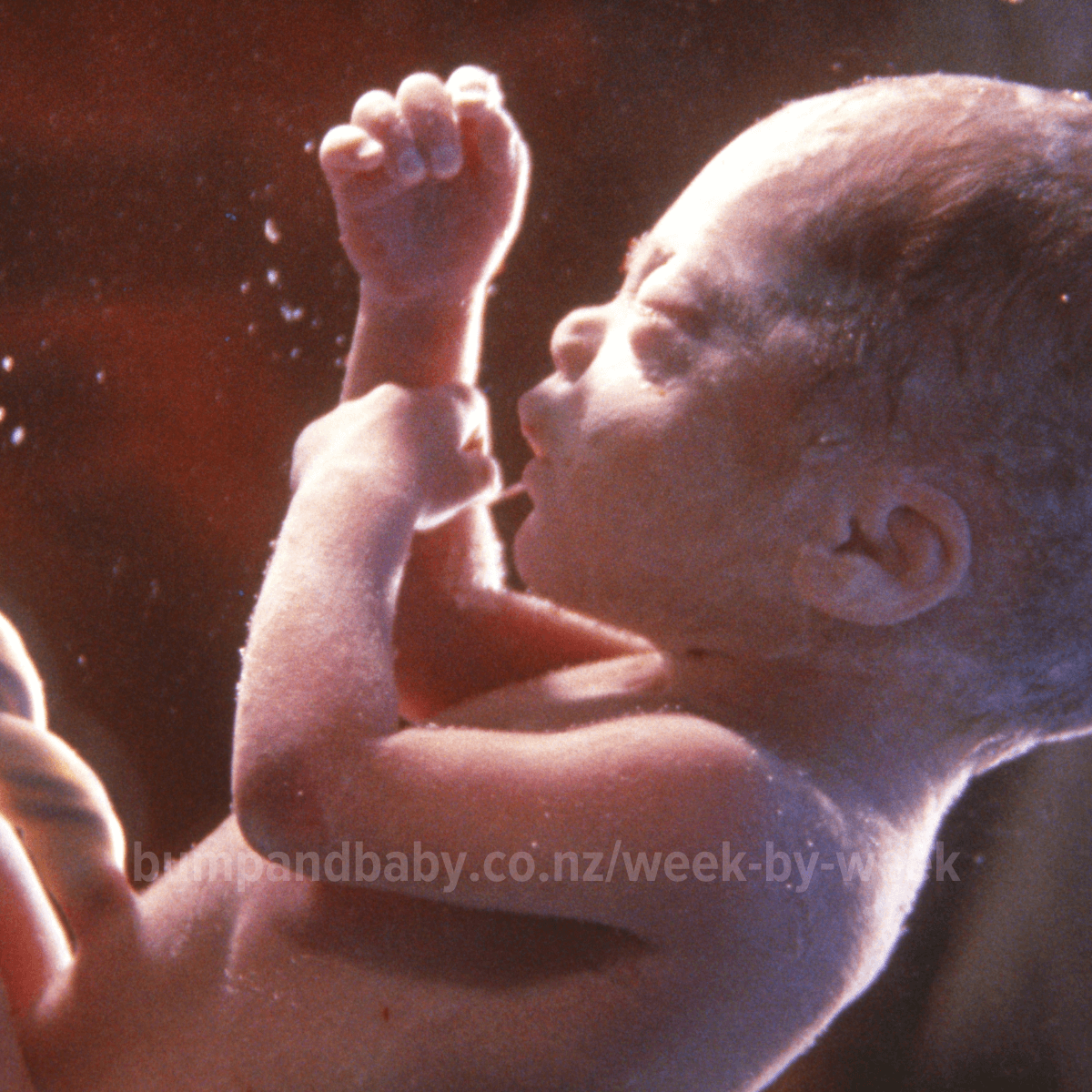Mum
So what actually happens in labour? The first stage involves the thinning and opening of your cervix. This may take a few days or a few hours. As the labour progresses, the contractions will become longer, more intense and more frequent. If you’ve been having regular contractions for 20 hours (14 hours if you’ve had a baby before) and your cervix is not dilating, contact your LMC to discuss your progress and to check that your baby is moving regularly.
The second stage of labour is when your cervix is fully dilated and you will push the baby into the world. This is the main event, this is what the previous nine months were all about. By the time the baby’s born, you may be so tired that you don’t even have the energy to feel the joy, the delight or the gratification. Don’t worry, it’ll come later.
The third stage of labour is pushing out the placenta. Compared to the second stage, it’s far less painful but also totally anticlimactic.
Dad
Wait. Wait. And wait some more. Colleagues may be asking how you’re enjoying your last days of freedom, and in your panic, you can’t decide whether you want to freeze time or fast-forward it to when the baby is 18 years old. It’s time to re-review your delivery day duties.
Baby
You are the size and weight of an even bigger watermelon. While your body is still growing slowly, your brain is continuing to grow very rapidly – it’s already 30% bigger than it was four weeks ago. Your first sticky poop (meconium) is getting ready to be deposited in your first nappy.
Things to keep in mind
- If you have scheduled a c-section or end up necessarily having one, as to use a mirror if you want to see your baby as they enter the world.
- While you wait for baby to arrive, you might enjoy passing the time with a face mask – this will also help you glow in photos taken by your birth support partner, or photographer if you’ve booked one.
- Get a list of contacts ready for announcing the baby’s arrival.
- Some research shows that you might have a shorter labour if you are well fed ahead of time and while the evidence is not super strong, we still suggest to keep snacks and electrolyte drinks around.
- It is widely believed that orgasms and nipple stimulation can spur labour – it doesn’t hurt to try!

Photos in the bumpandbaby.co.nz/week-by-week/ are by Lenart Nilsson. Lenart's series was bought to fame when his photo, considered the greatest photo of the 20th century, appeared on the cover of Life magazine in 1965. “Everyone interprets images differently, depending on their social, cultural and religious background. In the digital era, I believe it is more important than ever to go back and take a look inside ourselves. What better way of doing that than with these photos?” ~ Jane Stene, art gallery director and curator of Lenart's definitive black and white series, told the The Guardian in 2019. It is Lenart Nilsson's wish that his images are never used for political debate about pro-life.






